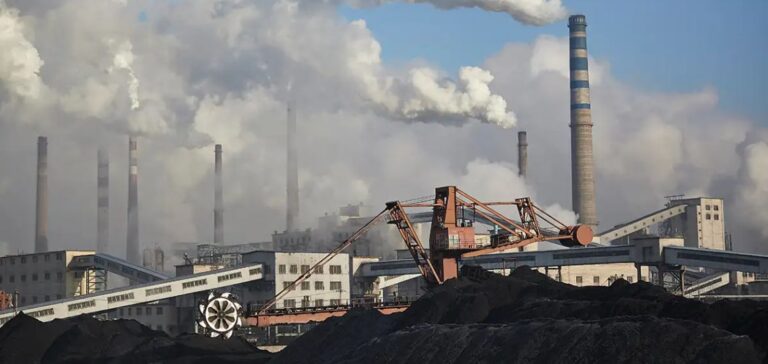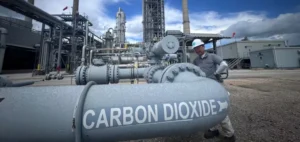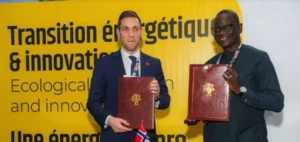The year 2025 will mark a decisive step in the development of carbon markets in China, with the extension of its Emission Trading System (ETS) to the steel, cement, and aluminum sectors. Meanwhile, the voluntary market, China Certified Emission Reduction (CCER), is set to resume issuing carbon credits after a six-year regulatory pause.
These initiatives come as China seeks to improve the efficiency of its climate policies and strengthen its international commitments.
A Strategic Transition to Cap-and-Trade
Since its launch in 2021, China’s national ETS has focused exclusively on the power sector. However, in 2025, this system will expand to three key sectors: steel, cement, and aluminum. These industries, critical to China’s economy, face structural challenges such as chronic overcapacity and reduced profit margins.
Chinese authorities, aware of these challenges, have announced measures to minimize the financial impact of this transition. The first compliance period, ending in December 2025, will primarily focus on training companies in carbon asset management, emissions reporting, and trading mechanisms.
Responses to International Pressures
The expansion of China’s ETS is also driven by external pressures, particularly the European Union’s Carbon Border Adjustment Mechanism (CBAM), set to take effect in 2026. By including these sectors in the ETS, China aims to mitigate costs related to exporting to the EU.
However, experts warn of the risk that this system may impose additional burdens on already struggling companies. These concerns could influence authorities to maintain relatively low carbon prices during the initial years.
New Methodologies and Voluntary Markets
China’s voluntary market, the CCER, will be revitalized in 2025 with the deployment of the first crediting methodologies since 2017. Credits issued under these methodologies, referred to as CCER 2.0, are expected to boost domestic supply, though it remains insufficient to meet growing demand.
Additionally, China is looking to increase its involvement in international markets through Article 6 of the Paris Agreement. This mechanism could allow Chinese companies to acquire foreign carbon credits to offset their emissions and achieve climate targets.
Long-Term Prospects
While 2025 represents a turning point for carbon markets in China, experts agree that the most significant impacts may only be felt after 2030. In the meantime, these initiatives are crucial steps toward a hybrid cap-and-trade system, combining intensity caps and absolute caps.
Supported by these reforms, China’s climate policies could also send positive signals to international markets, fostering enhanced cooperation and greater integration into global emission reduction mechanisms.






















